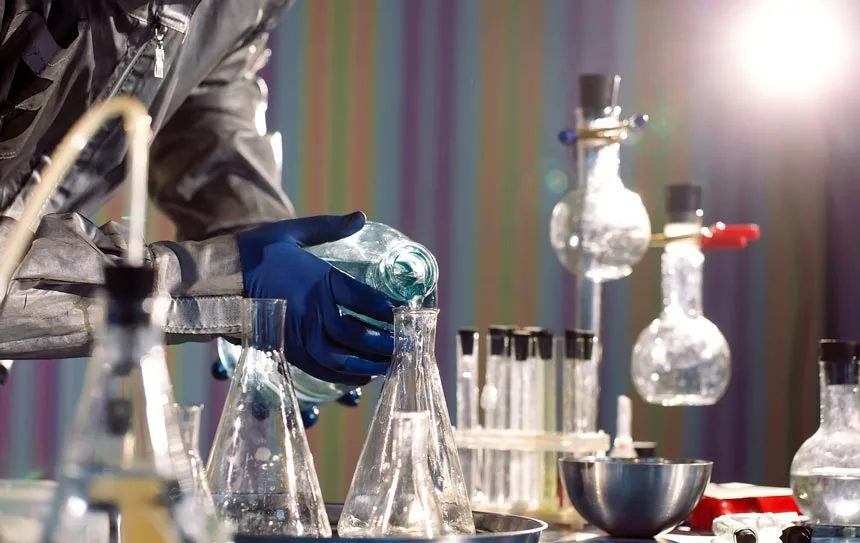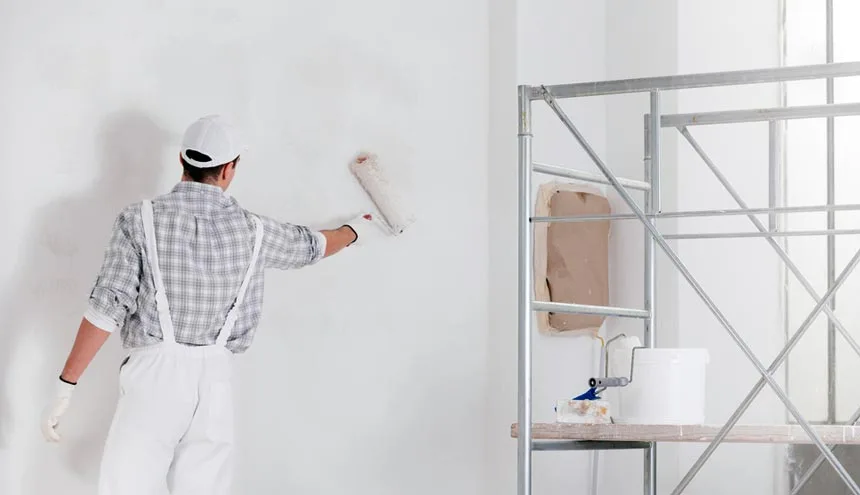Meth Smells: From Smoking Meth to Cooking Meth
Table of Contents
What does meth smell like? For someone unfamiliar with the scents associated with traces of meth, they’d probably assume the question is easily answered with a simple comparison to something else – maybe a chemical or something similar. However, answering the question, “what does meth smell like?” is fairly complicated, as the dangerous drug takes on many different dangerous forms – from smoke to vapors, and even the raw form, pre-crystallization.
In this article, we will explore the common types of meth crystal meth smell situations in different settings and discuss how to recognize and identify them. We’ll also look at what meth labs smell like and how to tell the difference between a meth house with meth users and meth labs for cooking meth.
Finally, we’ll provide some tips on how to prevent or reduce the presence of these crystal meth odors in your home or vicinity if you have been exposed to them. Most importantly, we’ll review the nature of effective meth treatment, if you know that a loved one has been using and needs help!
Why Is It Important to Know What Different Stages of Meth Smell Like?

It’s important to have a firm understanding of what different stages of meth might smell like – especially if you’re in an area prone to meth production or a large concentration of meth labs. Why would you want to detect the odor of meth?
Meth smells can be found in a variety of settings – in homes, cars, garages, sheds, and everything in between. Understanding the distinction between a plain meth smell and a meth lab smell is important for several reasons. It can be the difference between uncovering a large-scale meth production or a meth lab that was deployed in your home previously and catching someone smoking meth.
As serious as both are, it’s unwise to believe that one isn’t more serious and dangerous than the other – because some do indicate more imminent dangers. You’ll find out which meth smells are more alarming and cause for concern.
The Environmental Hazards of Methamphetamine Production
Inhaling methamphetamine fumes can have serious health impacts and be detrimental to the environment. Crystal meth is a highly addictive stimulant drug, and when it is smoked or heated, it releases a strong, distinct smell. This scent can be hazardous to anyone in the vicinity if inhaled for long periods of time.
You need to be aware of the potential health risks when you smell meth, as well as the environmental impact of its use. If you’re not aware of the smell of meth use or meth labs, you’ll never know how to protect yourself from it and prevent it.
Let’s go over the different stages of meth in its various forms and what type of odors it produces.
Meth Lab Smells and the Scent of Meth Production

When we use the term meth addiction, it typically describes someone engaging in meth addiction – so this would generally refer to the smell of someone smoking meth. When someone engages in meth abuse via smoking, the drug is burnt inside a glass tube with a spherical end, also known as a ‘meth bubble’ or ‘pookie.’
The smell of meth addicts smoking the drug is far different from the smell of a meth lab. Many would say that the burning of the finished product inside of a meth bubble almost has a sweet smell. This can vary, depending on the brand of meth and what was used to produce the particular batch.
However, in general, if the product in question is the primary Mexican, high-grade, P2P meth that dominates the black market, expect a sweet, almost incense-like smell, not much different from Jasmine.
Knowing the Odor of a Meth Lab
It’s important to understand what a meth lab smells like for several reasons. Programs like the Indiana Meth Watch Program educate citizens on what a house manufacturing meth would smell like or what to look for when you’re being overtaken by meth exposure.
It’s very difficult to mask the smell of the manufacturing process, and many meth addicts who cook to supply their habits do so without much effort to cover their tracks. This is how many busts are made in clandestine methamphetamine or crank labs.
When it comes to meth manufacturing, there are multiple ways to produce the finished product, meaning there are multiple scents associated with the odor given off.
Informal Meth Labs and Their Odor
When someone is making a crude version of meth, known as “Shake and Bake,” which is created from products obtained at a hardware store and is usually low in quality, the initial stages smell like cat urine.
As the meth begins to change form and the cook “burps” the bottle it’s being cooked in – a term for unscrewing the top of the bottle used for shaking and baking to release pressure – the smell changes to something similar to rotten eggs.
This is likely because sulfur is one of the primary ingredients in Shake and Bake meth, and as the pressure is released, the sulfur smell escapes the bottle.
What about the Smell of Large Scale Meth Production?
Large, full-scale meth labs that use actual chemistry setups and create mass quantities also give off a cat urine smell. This is just a mix of the crude chemicals used to start the process – generally anhydrous ammonia or phenyl-2-propanone in today’s market.
However, larger labs also give off the rotten eggs smell throughout the entire process if they’re using red sulfur as the base for their product. However, because of government crackdowns on supplies, the rotten eggs small is much less likely to be a part of the equation today.
The Final Product of Meth Manufacture
When the manufacturing process is complete, the finished product, raw crystal meth, often has a nail polish remover or acetone smell. This is the final state of the drug (aside from it being burnt in a pipe). Naturally, the larger the quantity, the stronger the nail polish remover smell.
When Drug Enforcement Administration workers raid a crystal meth lab, they must wear full protective HAZMAT gear. But if you own a home that was once an active meth lab, you may be wondering if there is anything you can do to rid your home of the smell of cat urine?
Getting Rid of the Odor

If your home was once used as a clandestine lab, or someone engaged in heavy use and constantly smoked in the home, there’s a high chance of two things: The house probably still smells like cat urine, and there’s probably surface contamination left on the walls.
For this situation, you’ll need to use a twofold approach.
You have two options for the walls. You can either sand them down and repaint them, or you can put a fresh coat of KILZ over the current paint, either way, can work. However, the safer way to go is to use KILZ. KILZ is used to seal walls before painting them. Contractors often use it to seal black mold and other harmful items.
Remodeling Meth Lab Damage
If you choose to sand the walls, you’ll have to deal with all the residue flying everywhere as you’re sanding layers off the surface. This not only puts you at risk for inhaling it, but you’ll also have a high chance of skin contamination. Simply putting a fresh coat or two of KILZ on the walls is easy and you’re far less likely to expose yourself to cross-contamination.
After you’ve applied one of these two solutions, you’ll need to go over the walls and every surface in the house with a vinegar solution. Mix one part water and one part white vinegar and place it in a spray bottle. Use it to spray all surfaces, including floors and carpet, and scrub with a heavy sponge. Open the windows for ventilation.
Get Help for a Loved One with Meth Now
If our guide has helped you identify better what does meth smell like, and you know someone who is addicted to meth and needs help, contact Find Addiction Rehabs now. We offer placement at accredited treatment centers nationwide, and help is only a phone call away.
All calls are completely confidential, so if you are struggling with meth, or believe a loved one to be, please reach out to get options for lasting recovery now!
Edward lives and works in South Florida and has been a part of its recovery community for many years. With a B.A. in English Literature from the University of Massachusetts, he works to help Find Addiction Rehabs as both a writer and marketer. Edward loves to share his passion for the field through writing about addiction topics, effective treatment for addiction, and behavioral health as a whole. Alongside personal experience, Edward has deep connections to the mental health treatment industry, having worked as a medical office manager for a psychiatric consortium for many years.

